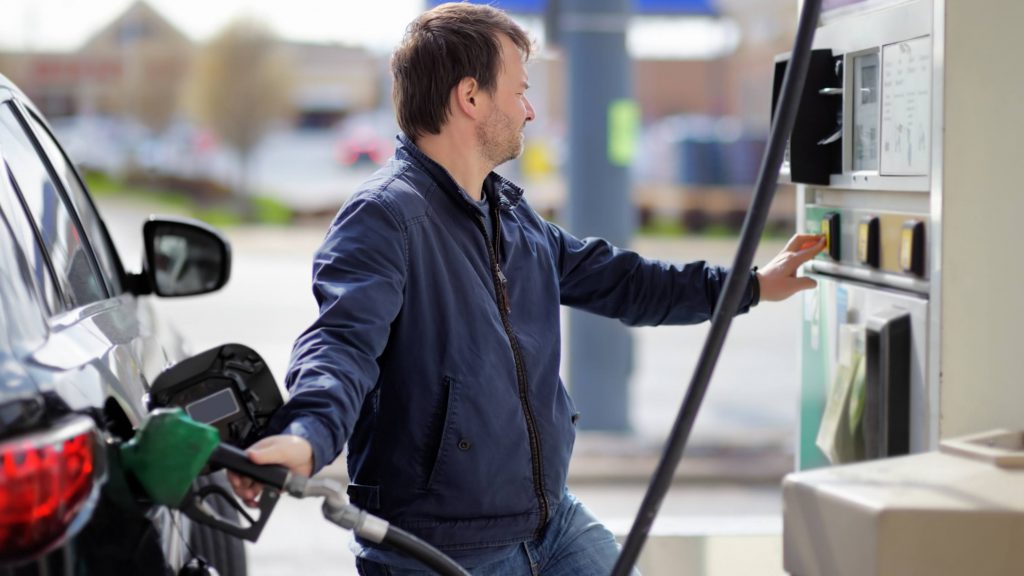-
Mayo Clinic Q&A: Length of time COVID-19 can live outside an organism varies considerably

DEAR MAYO CLINIC: I have read that COVID-19 spreads from person to person, but can it also live on objects? Should I be concerned about catching the virus from things I buy at the grocery store or while filling up my car with gas?
ANSWER: Your highest risk of catching COVID-19 is being exposed to a person ill with COVID-19. COVID-19 is a respiratory illness that leads to symptoms such as fever, cough, shortness of breath and difficulty breathing. The virus that causes COVID-19 is transmitted through respiratory droplets generated when someone infected coughs or sneezes. If you breathe in the droplets, or they land on your eyes, nose or mouth, you are at risk of infection.
You're also at risk if you touch a surface where the droplets have landed, and then touch your eyes, nose or mouth. At this time, expert estimates are that the virus may live on a surface anywhere from a few hours to up to nine days, depending on the type of surface, as well as the surrounding temperature and environment. When possible, disinfect surfaces in your house, in public spaces that you touch, and wash your hands thoroughly after being out in public.
There are steps that you can take to reduce your risk of getting COVID-19 from surfaces. In your home, clean and disinfect high-touch surfaces routinely, including doorknobs, light switches, faucets, countertops, tables, toilets and sinks. Household cleaners and disinfectants that you can buy in your local stores work well. Wash your hands when you're done.
When you're out in public, many stores provide disinfectant wipes to use on carts and baskets. Wipe the handles of those items before you use them. You may want to consider carrying a small supply of disinfecting wipes with you to use if they are not provided in a store, or to use on surfaces, such as gasoline pumps, where wipes are less likely to be nearby. Use an alcohol-based wipe rather than baby wipes, which may not be effective at getting rid of the virus.
While items you buy at the grocery store could harbor COVID-19 if someone who's infected coughs or sneezes on them, the overall risk is low. And it isn't practical to disinfect each item you purchase, although you should continue to wash all produce thoroughly before you eat it. Instead, wash your hands after you return home from the grocery store or any other public space. As an extra precaution, wash them again after you've put all your grocery items away.
Both washing your hands with soap and water and using hand sanitizer are good options. To effectively wash your hands, first get them wet with clean, running water. Apply soap and lather well. Rub your hands vigorously for at least 20 seconds. Remember to scrub all surfaces, including the backs of your hands, your thumbs, wrists, between your fingers and under your fingernails. Rinse well and dry your hands with a clean towel, or let them air-dry. Alcohol-based hand sanitizers should contain at least 60% alcohol. Use enough hand sanitizer that it takes about 15 seconds for it to dry with rubbing. To further reduce your risk of catching the virus, avoid touching your eyes, nose and mouth, particularly when you're out in public or if your hands are not clean.
As you think about ways to stay healthy, keep in mind that guidance regarding the COVID-19 pandemic is ever-changing. Stay informed and get your information from reliable sources, such as the Centers for Disease Control and Prevention, the World Health Organization and Mayo Clinic. — Mayo Clinic Infectious Diseases staff, Rochester, Minnesota
Check the CDC website for additional updates on COVID-19.
For more information and all your COVID-19 coverage, go to the Mayo Clinic News Network and mayoclinic.org.







